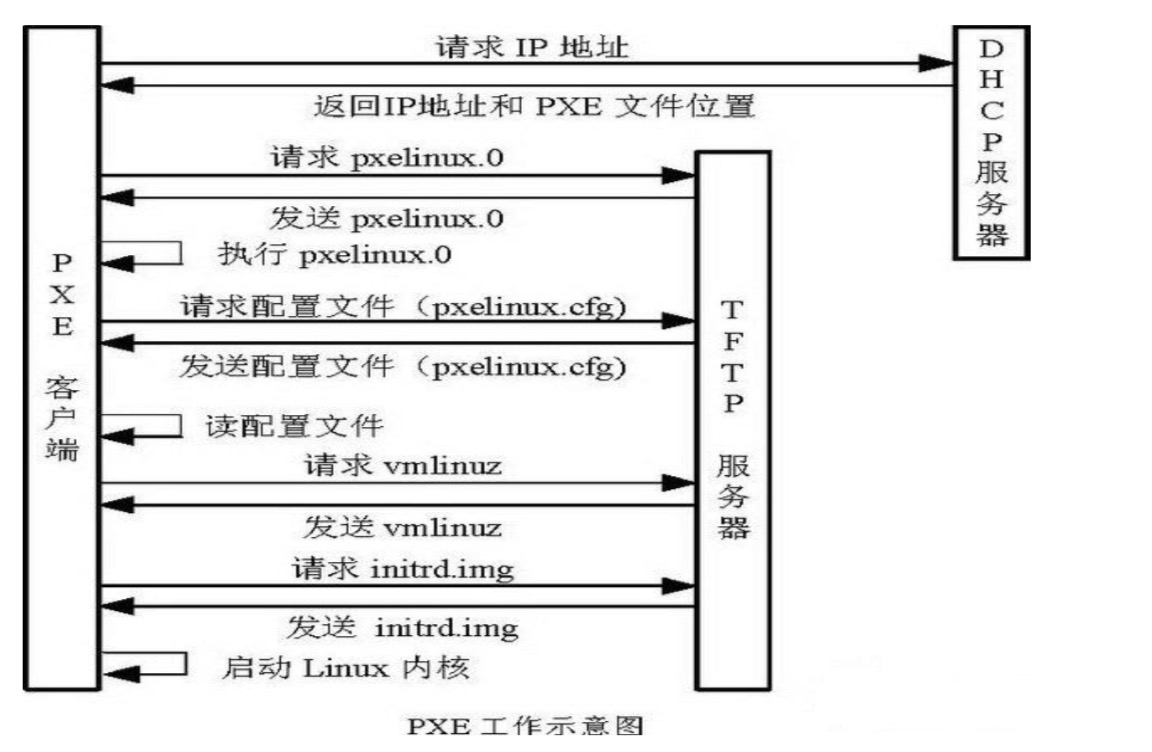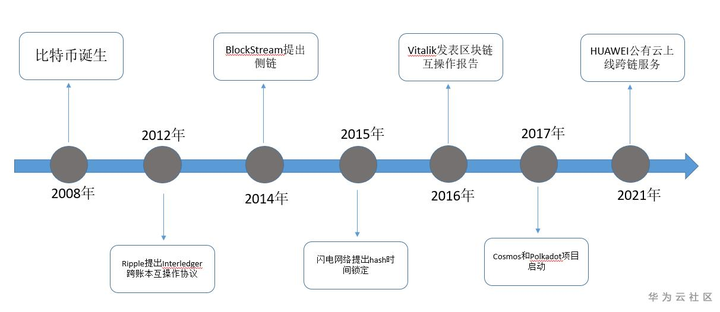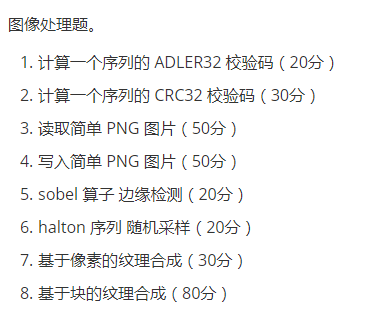Context
I have a REST API where multiple clients (applications) can update the state of a resource with PUT. For the example, this resource is a lamp that you can turn ON or OFF.
This resource is also automatically updated by the system when it detects that an electricity failure has occurs, leading to have a lamp in a BROKEN state. I want to made the distinction between BROKEN and OFF, a lamp in BROKEN can not be turn ON !
Problem
I use PUT method to do this, something like PUT http://address:port/my_lamp { "state": "ON"}
But I am not sure if i respect the idempotent property of PUT method.
In fact, i have 3 cases:
- The lamp is
ON. The above code leads to theONstate. - The lamp is
ON. The above code leads to theONstate.... cool! At this moment, idempotency is still guaranteed :-) ! - The lamp is
BROKEN. The above code leads to an error, like503 Service Unavailable
Question
I am not sure to correctly understand the notion of idempotency. Trust me, I read a lot of thing about it but still a little bit confused.
In my understanding, multiple PUT always leads to a same state of the resource: not guaranteed in my case due to BROKEN
But I could also understand it in an other way: multiple PUT always leads to the same side-effect: guaranteed, my request either produce to turn ON, either nothing (for the BROKEN case, it was already in).
EDIT:
I mean: the only side-effect is to turnON the lamp, which is guaranteed (it either turn-on or do nothing here)
See here: Is REST DELETE really idempotent?
Which one is correct ? Depending of the understanding, my REST API ensure idempotency or not...
EDIT2:
From the definition of the W3CMethods can also have the property of "idempotence" in that (aside from error or expiration issues) the side-effects of N > 0 identical requests is the same as for a single request.
Can i consider that it's an error to turn ON the lamp when it is BROKEN ?



